What should I fill my raised bed garden with
Massgarden876
10 years ago
Related Stories

SPRING GARDENINGInspiring Raised Beds for Fall and Spring Planting
Make Your Next Vegetable Garden Even Better with Beautiful Boxes and Paths
Full Story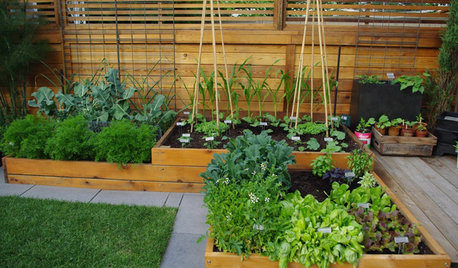
URBAN GARDENSExperiments Aplenty Fill Vancouver Edible Garden
Lush and brimming with test landscape plantings, a Canadian garden appeals to the eye and the palate
Full Story
GARDENING AND LANDSCAPINGBuild a Raised Bed to Elevate Your Garden
A bounty of homegrown vegetables is easier than you think with a DIY raised garden bed to house just the right mix of soils
Full Story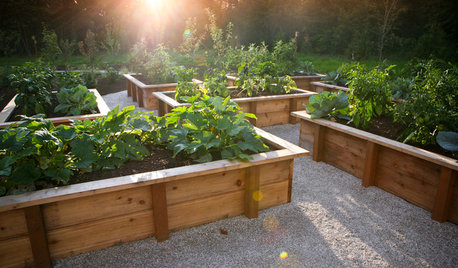
GARDENING AND LANDSCAPINGRaised Beds Lift Any Garden
From good old-fashioned wood garden boxes to modern metal troughs, raised beds can make any landscape space look great
Full Story
GARDENING GUIDES8 Materials for Raised Garden Beds
Get the dirt on classic and new options for raised vegetable and plant beds, to get the most from your year-round garden
Full Story
FARM YOUR YARDHow to Build a Raised Bed for Your Veggies and Plants
Whether you’re farming your parking strip or beautifying your backyard, a planting box you make yourself can come in mighty handy
Full Story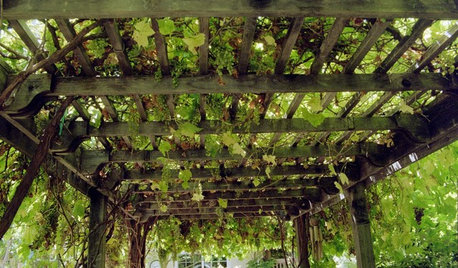
GARDENING AND LANDSCAPINGVertical Gardens Raise the Limits for Landscapes
Turn a small garden space into a towering success with an upward-bound collection of edible delights
Full Story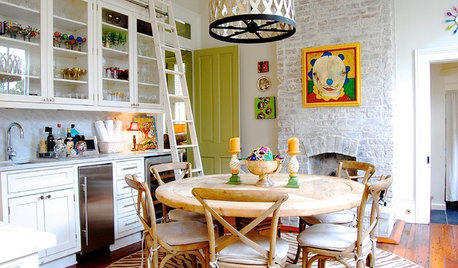
HOUZZ TOURSMy Houzz: Eye Candy Colors Fill an 1800s New Orleans Victorian
Take your fill of teal and pink patent leather, shots of chartreuse and vibrant artwork spanning the rainbow
Full Story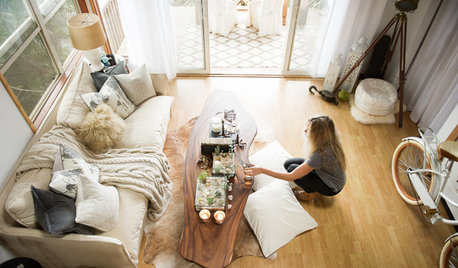
HOUZZ TOURS13 Character-Filled Homes Between 1,000 and 1,500 Square Feet
See how homeowners have channeled their creativity into homes that are bright, inviting and one of a kind
Full Story
TRADITIONAL HOMESHouzz Tour: Basement Now a Light-Filled Family Living Space
Merging a house and a basement flat into one townhouse creates a spacious family home in London
Full Story






bardamu_gw
digdirt2
Related Professionals
Londonderry Landscape Architects & Landscape Designers · Quincy Landscape Architects & Landscape Designers · Saint Louis Park Landscape Architects & Landscape Designers · Sahuarita Landscape Architects & Landscape Designers · Caldwell Landscape Contractors · East Patchogue Landscape Contractors · Eustis Landscape Contractors · Rockwall Landscape Contractors · Weslaco Landscape Contractors · Wickliffe Landscape Contractors · Beaumont Driveway Installation & Maintenance · Grayslake Driveway Installation & Maintenance · Lake Forest Driveway Installation & Maintenance · Sterling Driveway Installation & Maintenance · East Providence Driveway Installation & MaintenanceMassgarden876Original Author
bardamu_gw
Massgarden876Original Author
seysonn
veggievicki
Massgarden876Original Author
rhizo_1 (North AL) zone 7
Massgarden876Original Author
digdirt2
fireduck
Massgarden876Original Author
bardamu_gw
Massgarden876Original Author
NHBabs z4b-5a NH